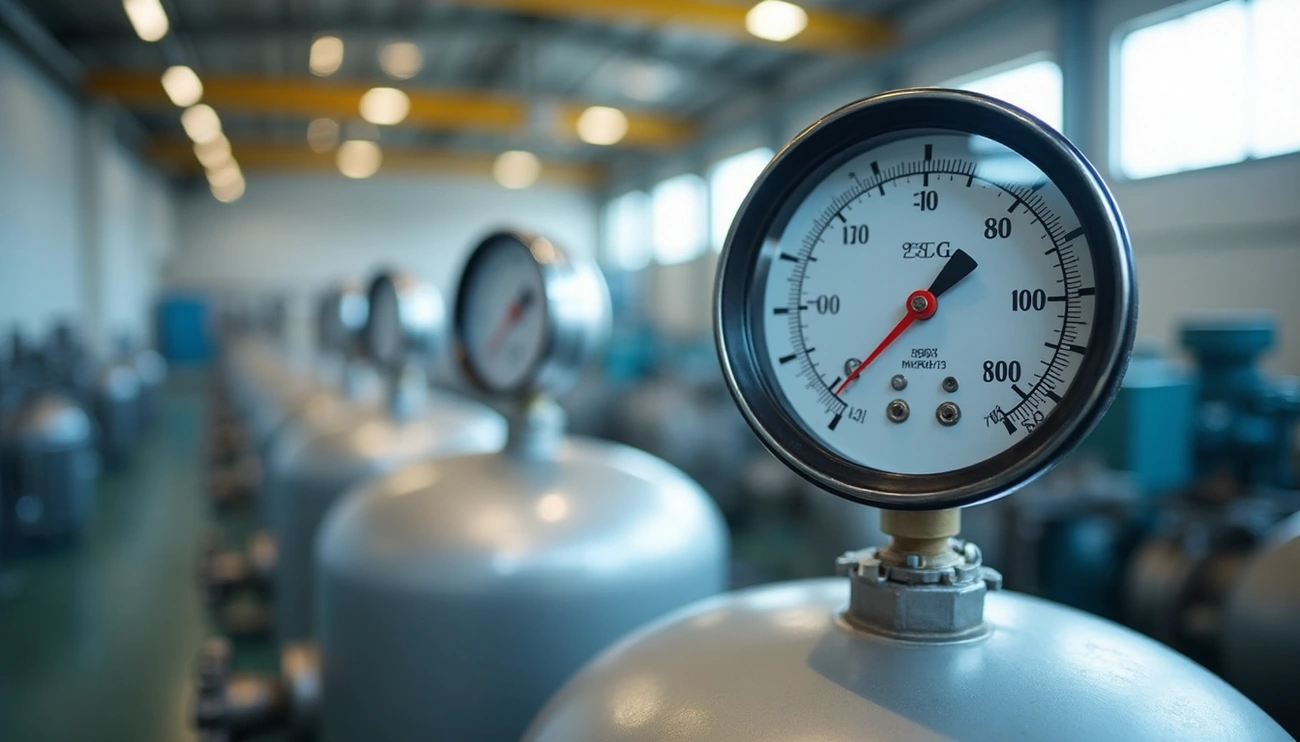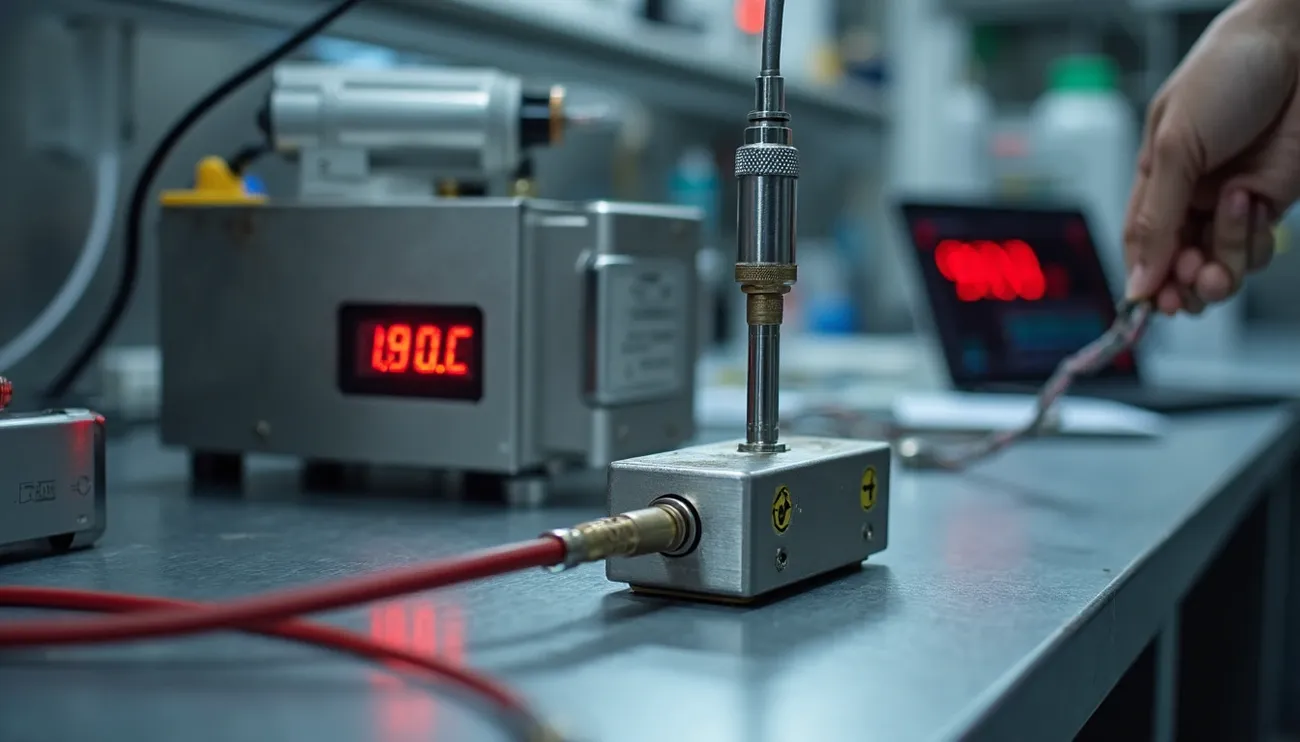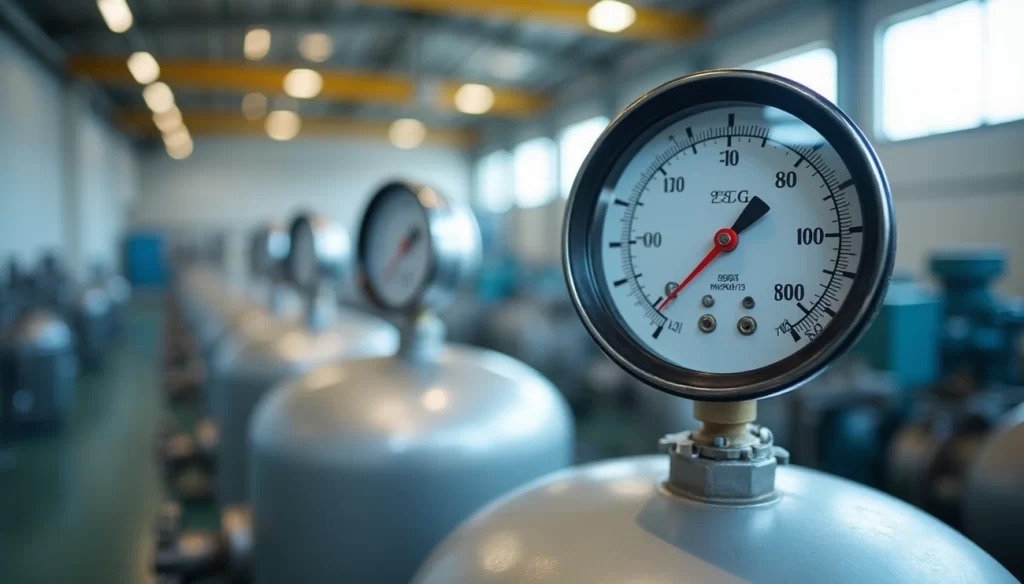
PSIG is a term you’ve probably seen while checking your tire pressure or using industrial equipment. Many people see this measurement but don’t know its exact meaning. PSI measures force applied to a square inch of area. PSIG takes this measurement a step further by showing pressure above or below the local atmospheric pressure. Your tire gage reading of 35 PSIG means the pressure is 35 PSI higher than the surrounding air pressure.
The distinction between PSIG, PSI, and PSIA is a vital concept to understand in industrial settings. Atmospheric pressure at sea level measures about 14.7 PSI (or 14.7 PSIA). This serves as our reference point. PSIG readings matter especially when you have pressure sensors in transportation systems. These measurements help assess air pressure in tires and engine systems accurately. Altitude affects these readings substantially. The atmospheric pressure drops about 0.5 PSIG with each 1,000-foot climb in elevation. This piece will get into PSIG’s meaning, its relationship with other pressure units, and its real-world applications in industries of all types.
What does PSIG mean and how is it different from PSI?
PSIG stands for “pounds per square inch gage”, which measures pressure compared to atmospheric pressure. Unlike simple PSI (pounds per square inch), a standard unit of pressure measurement, PSIG specifically refers to gage pressure – the pressure difference between a system and the surrounding atmospheric pressure.
The difference between PSIG and PSI is vital to measure pressure accurately. PSI describes force exerted per square inch area, while PSIG always shows a relative measurement. Your car’s tire manufacturer recommends inflation to 35 PSIG because the pressure inside the tire should exceed the atmospheric pressure outside by 35 PSI.
PSIG measurements use ambient atmospheric pressure as their zero point. A completely empty vessel would show approximately -14.7 PSIG at sea level. The ambient air pressure reads 0 PSIG whatever the current barometric pressure might be. This makes PSIG especially valuable when you have industrial applications that focus on pressure differential rather than absolute pressure.
The relationship between PSIG and PSIA (absolute pressure) follows a simple formula: PSIG = PSIA – 1 atm, where atm represents atmospheric pressure. Atmospheric pressure reaches approximately 14.7 PSI at sea level.
Industrial settings rely heavily on PSIG measurements. Common applications include:
Engine test stands that measure oil, fuel line, and coolant pressure
Tire pressure monitoring (that 32 PSI recommendation actually means 32 PSIG)
Pressure vessels and pipelines
Manufacturing equipment
PSIG serves as the preferred measurement when atmospheric pressure isn’t relevant and we focus on pressure within a closed system. Most practical applications use PSIG because relative pressure differences matter more than absolute pressure values.
Understanding PSIA and the difference between PSIA and PSIG
Pressure measurements are vital in many industrial applications. PSIA (Pounds per Square Inch Absolute) measures pressure relative to a perfect vacuum that serves as the zero reference point. PSIA has all pressure values starting from absolute zero, which sets it apart from PSIG that uses atmospheric pressure as its baseline.
The main difference between these measurements exists in their reference points. A perfect vacuum registers as 0 PSIA at sea level, while ambient atmospheric pressure reads approximately 14.7 PSIA. A perfect vacuum at sea level would register as -14.7 PSIG, and ambient air pressure always reads as 0 PSIG.
The conversion between these measurements uses a simple formula:
PSIA = PSIG + Atmospheric Pressure (14.7 PSI at sea level)
PSIG = PSIA – Atmospheric Pressure (14.7 PSI at sea level)
To cite an instance, a pressure gage reading of 30 PSIG would have an absolute pressure of: 30 PSIG + 14.7 = 44.7 PSIA
This conversion becomes critical at different elevations. Absolute pressure drops to 14.18 PSIA at 1,000 feet above sea level. Pressure readings end up nowhere near those at sea level, with approximately 0.5 PSI less.
The choice between PSIA and PSIG depends on your application. PSIA works best in scenarios that just need high precision whatever the environmental conditions:
Aerospace systems and avionics
Vacuum technologies
Laboratory research requiring exact measurements
Oil and gas industry applications
PSIA maintains accuracy despite temperature changes or elevation shifts since its reference point (perfect vacuum) stays constant. PSIG proves more practical in applications that atmospheric pressure directly affects, such as open tank systems.
These differences prevent dangerous mistakes. Switching between PSIA and PSIG by accident can cause catastrophic leaks, system breakdowns, or incorrect demand forecasts. PSIG works best when you don’t need to factor in atmospheric pressure and focus on the system’s internal pressure.
Real-world examples of PSIG in industrial applications
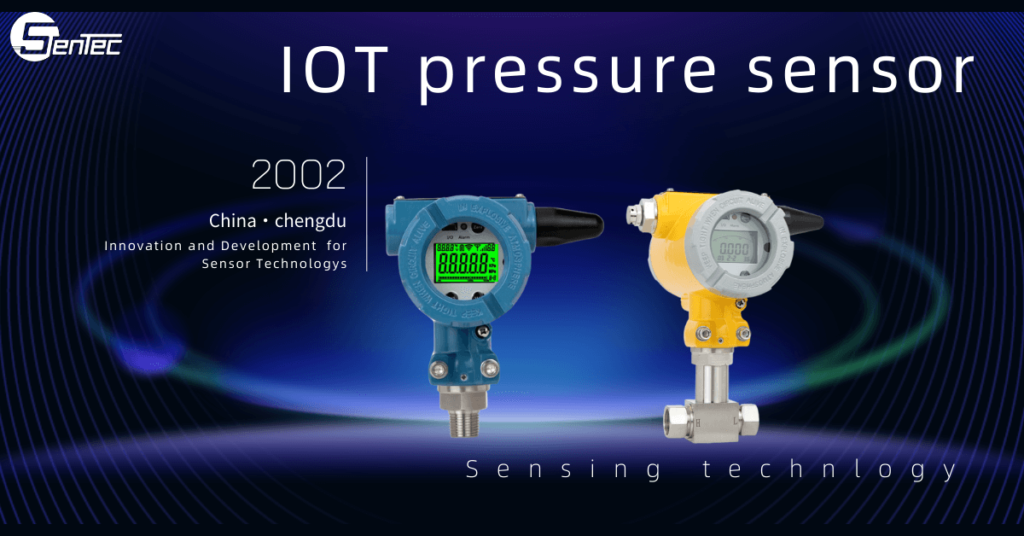
PSIG measurements spread through many industries that need exact pressure monitoring. The automotive sector finds PSIG essential for tire pressure measurement. Your vehicle’s tire gage showing 32 PSIG displays pressure relative to the surrounding atmosphere. This ensures optimal performance, safety and helps optimize fuel efficiency.
The automotive engine and hydraulic systems need PSIG to monitor pressure levels and prevent failures. These systems work better with hydraulic power transmission. It removes the need for complex gears and cams while providing smooth, flexible action that load variations don’t affect.
HVAC and refrigeration systems rely heavily on PSIG readings. The pipes and vessels in these systems need precise pressure monitoring to work well and avoid breakdowns. Refrigerants must stay within specific pressure ranges. Technicians use PSIG measurements to keep these levels safe, boost system performance and lower energy use.
Compressed air systems are a vital application area. Pneumatic tools, material conveyors, and air cylinders need accurate PSIG readings to work properly. Operators can spot pressure drops or leaks through regular PSIG monitoring. This helps maintain efficiency and reduces downtime.
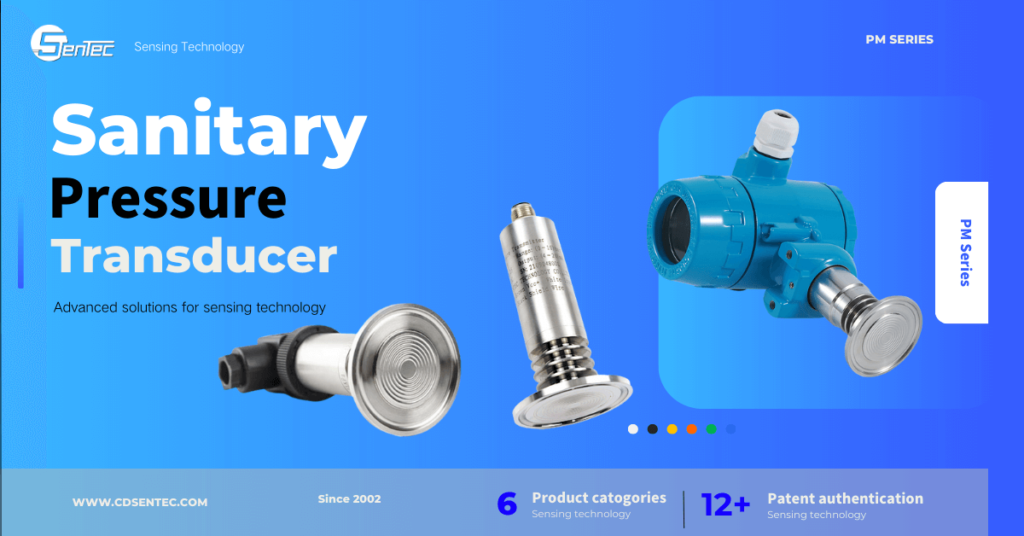
Industrial pressure cookers show a fascinating example of PSIG in food processing. A sealed pressure cooker reads 0 PSIG at first (though absolute pressure inside reaches about 14.7 PSIA at sea level). The gage might climb to 15 PSIG as heating happens. This shows pressure 15 PSI above atmospheric pressure.
Altitude affects PSIG readings by a lot. Denver’s atmospheric pressure averages only 12.2 PSI at 5,000 feet elevation. A 15 PSIG pressure cooker there actually cooks at 27.2 PSI absolute pressure instead of 29.7 PSI at sea level. Cooking times must increase by about 5% for every 1,000 feet above 2,000 feet.
Safety valve applications demonstrate PSIG’s importance. Engineers must carefully check whether set pressure is in PSIG or PSIA when specifying safety relief valves. A valve set to relieve at 100 PSIG opens at a much lower absolute pressure than one set to 100 PSIA.
Conclusion
We’ve explored the basics of pressure measurements in this piece, with special focus on PSIG and its role in industrial applications. You need to learn pressure measurements to ensure equipment safety, improve operations, and maintain system reliability.
PSIG is different from other pressure measurements. It uses atmospheric pressure as its zero point, which makes it practical in most industrial settings. PSIA becomes the better choice when you need absolute precision, whatever the environmental conditions. These measurements show their biggest differences at different altitudes. Atmospheric pressure changes can shift readings by about 0.5 PSI for every 1,000 feet of elevation.
Ground applications show why this knowledge is vital. PSIG readings help prevent equipment failures and boost performance in everything from tire pressure checks to complex hydraulic systems. Pressure sensors also need accurate PSIG measurements to work properly in HVAC systems, compressed air networks, and food processing equipment.
Safety is a vital part of understanding these differences. Wrong interpretation of PSIG and PSIA could lead to dangerous situations. This becomes especially important when you have to work with safety relief valves or pressure vessels.
Pressure measurement goes beyond technical specs. It’s a basic parameter that impacts industrial processes everywhere. These concepts help simplify the complex world of industrial sensors and measurement systems, whether you’re a technician, engineer, or just curious about pressure mechanics. Next time you check your tire pressure or adjust an industrial gage, you’ll know exactly what those readings mean and why they’re important.
Contact us to discuss your requirements. We will provide you with a customized solution.

